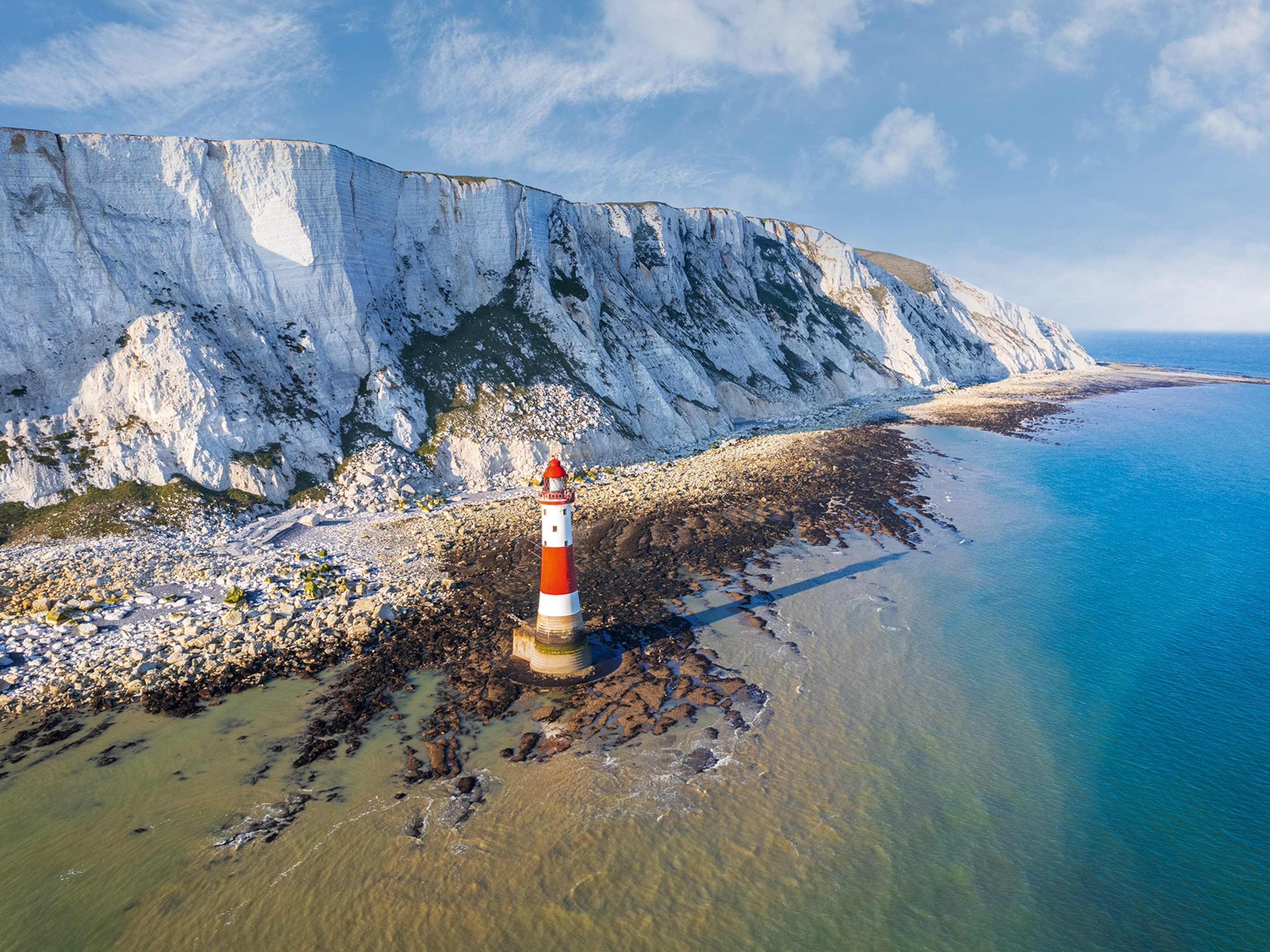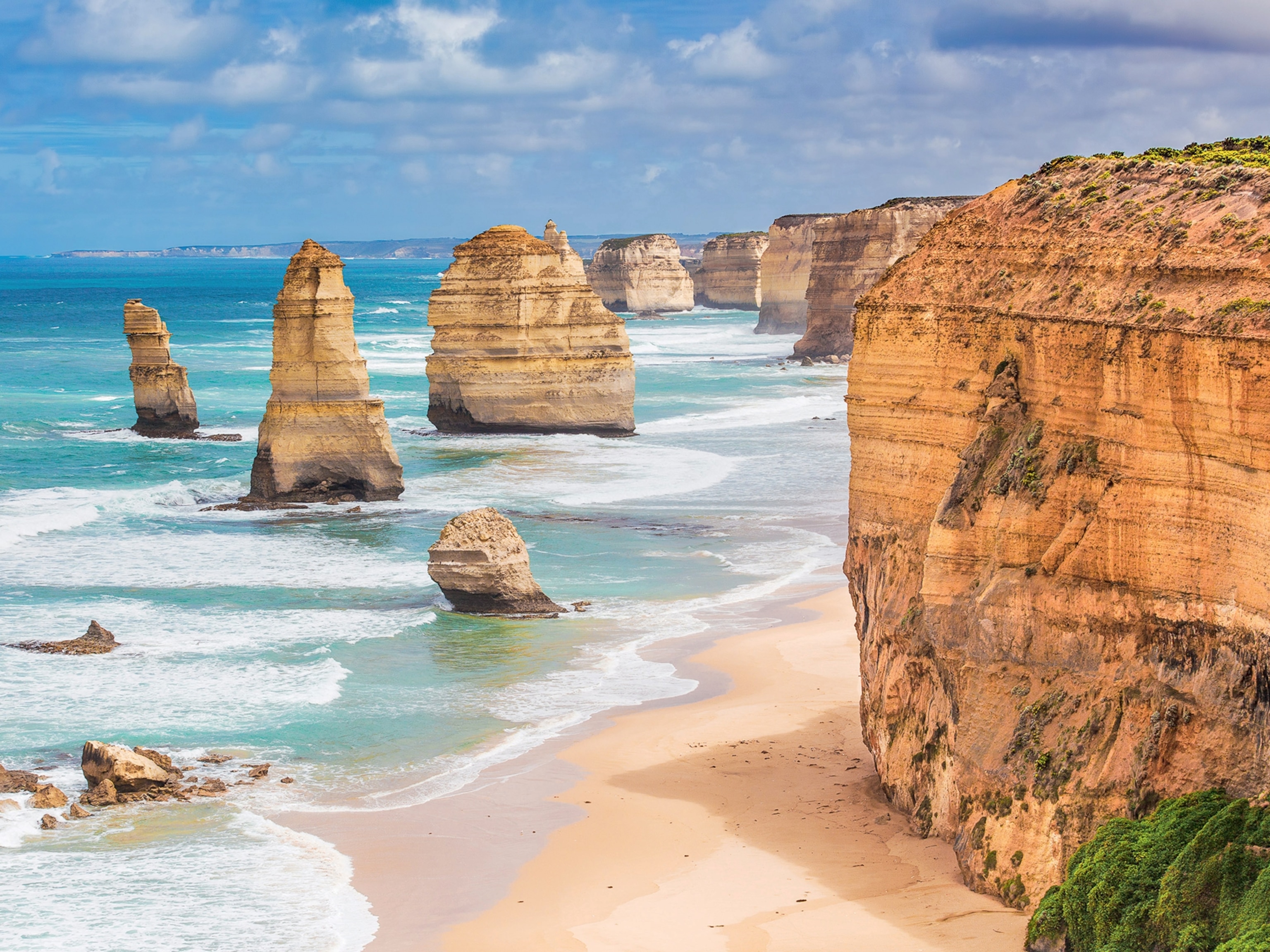Why the ancient Forest of Dean should be your next UK destination
Woodland pursuits, riverside walks and local produce await in this overlooked nook on the southern Welsh border.
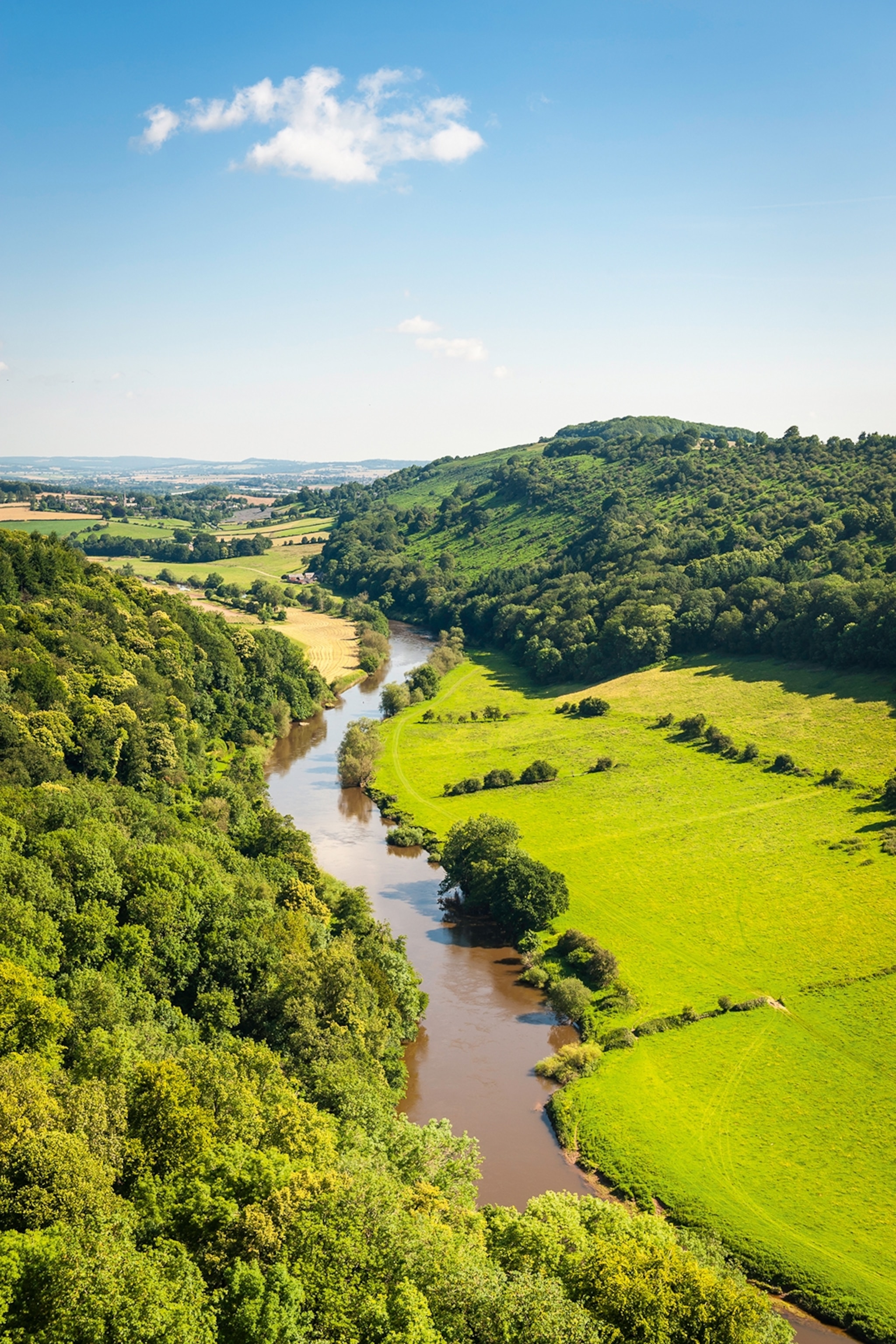
Time travel, impossible? Hardly. In the Forest of Dean, the mighty, moss-cloaked oaks and deep, fern-lined gullies are much as the Tudor kings left them when they last galloped through. Beneath the thick canopy of this ancient woodland, which straddles the languid River Wye and the Welsh border in southwest Gloucestershire, wild boars still churn the earth with their tusks, while woodpeckers and nuthatches flit in the branches above, the air scented with the resinous tang of pine needles.
Lovers of the outdoors will be in their element here, with mountain biking, canoeing, hiking and everything in between up for grabs. And for those keen for more leisurely pursuits, there are charming, tree-fringed towns to explore, all honeyed cottages, country pubs and roaming sheep, where chefs are making the most of the forest’s rich pantry.
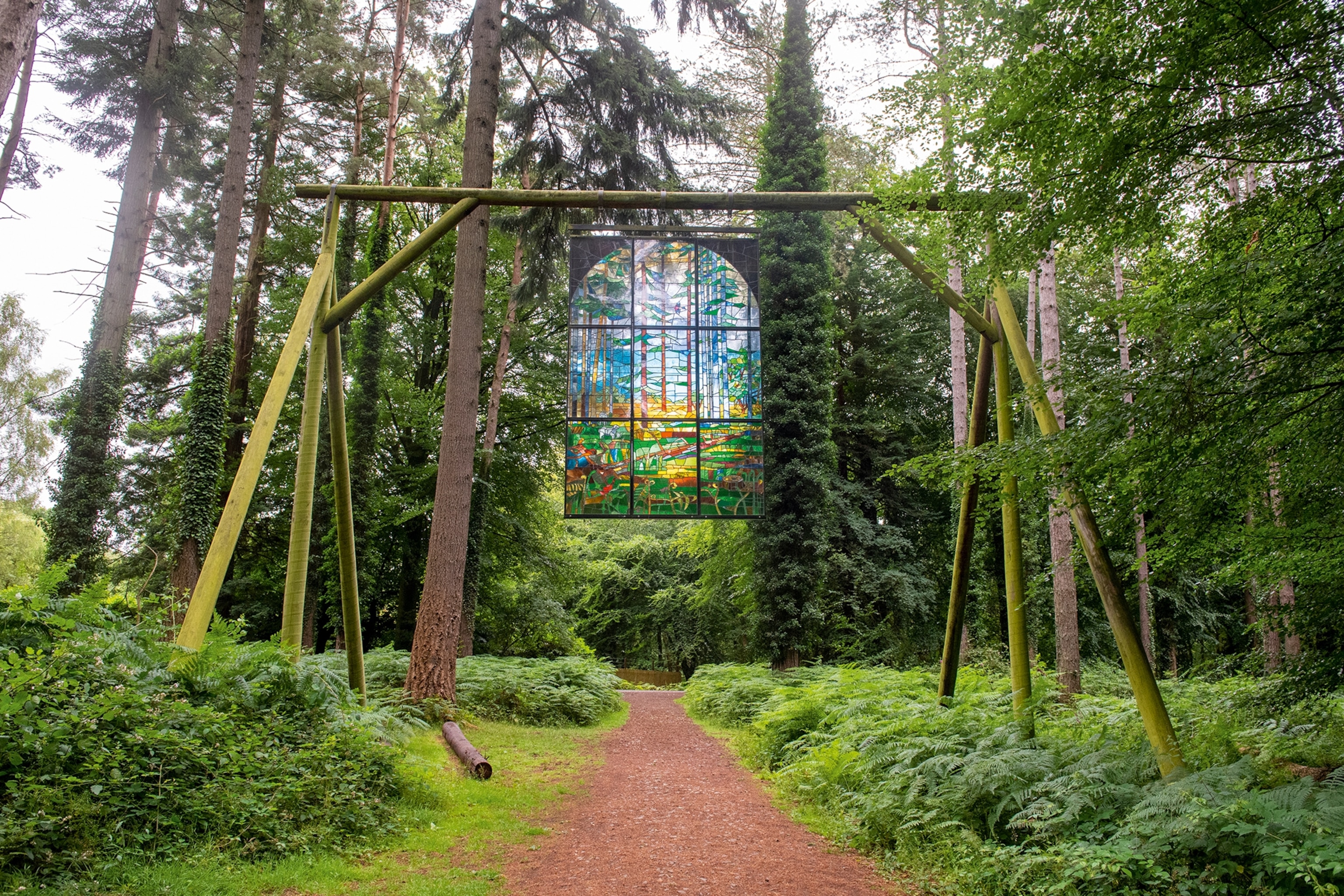
How should I explore the forest?
The best way to explore it is to dive right in. Hit the trails on an e-bike from Wye-Bikes in Coleford, south west of Gloucester, and in a single morning you can pedal just under 10 miles to the shoreline of Mallards Pike, where the mirror-smooth waters reflect the fluffy tips of the conifers.
Alternatively, Puzzlewood, six miles west, is a real-life swathe of enchanted forest — or so it’s easy to believe. The Forest of Dean is said to have inspired Tolkien’s Middle Earth, and this woodland labyrinth of scowles (mossy hollows left over from the forest’s once-thriving mining industry), traversed via woven bridges, feels suitably otherworldly. If that heritage intrigues you, explore it further on a guided tour of the nine large caverns at nearby Clearwell Caves. Anyone born locally is allowed to mine for the ochre, used for artists’ pigment, which is found here.
Artists have long been inspired by the leafy landscape here, and you can take in some of their works on the Forest of Dean Sculpture Trail — 4.8 miles of contemporary pieces strung between the trees north of Mallards Pike. Don’t miss Kevin Atherton’s Cathedral, a 15ft-high stained-glass window that depicts the forest in shades of green, umber and blue.
Where's the best place to stay?
In Clearwell, it’s easy to miss the Tudor Farmhouse Hotel at first — its sprawl of attractive cottages blends seamlessly into the quiet village that surrounds it. Then you spot the wooden sign depicting a white chicken. Chickens, it turns out, are everywhere. They’re in the hotel’s artworks; they’re roaming the hilly grounds. The 20 guest rooms, replete with exposed stone, wood beams and the odd roll-top bath, range in pecking order from ‘hatchling’ to ‘cockerel’.

It can be difficult to tear yourself away, but an outing with resident naturalist Ed Drewitt is worth it, whether it’s foraging for the likes of hairy bittercress or waking up at the crack of dawn to catch a glimpse of those wild boars. As of this year, you can also continue the wild theme with a stay in a bell tent on the grounds. Included is a hamper of supplies to cook over an open fire.
Come evening, book a table at the hotel restaurant, where candles cast the stone walls in an amber glow. Head chef Gavin Roberts whips up a stellar seasonal menu using ingredients mostly found within 20 miles — dishes can include wild garlic soup with cheese and pickled shallots, and salt-baked celeriac lasagne with truffle cream. The wine menu follows suit, with Tintern Parva Bacchus hailing from a local vineyard.
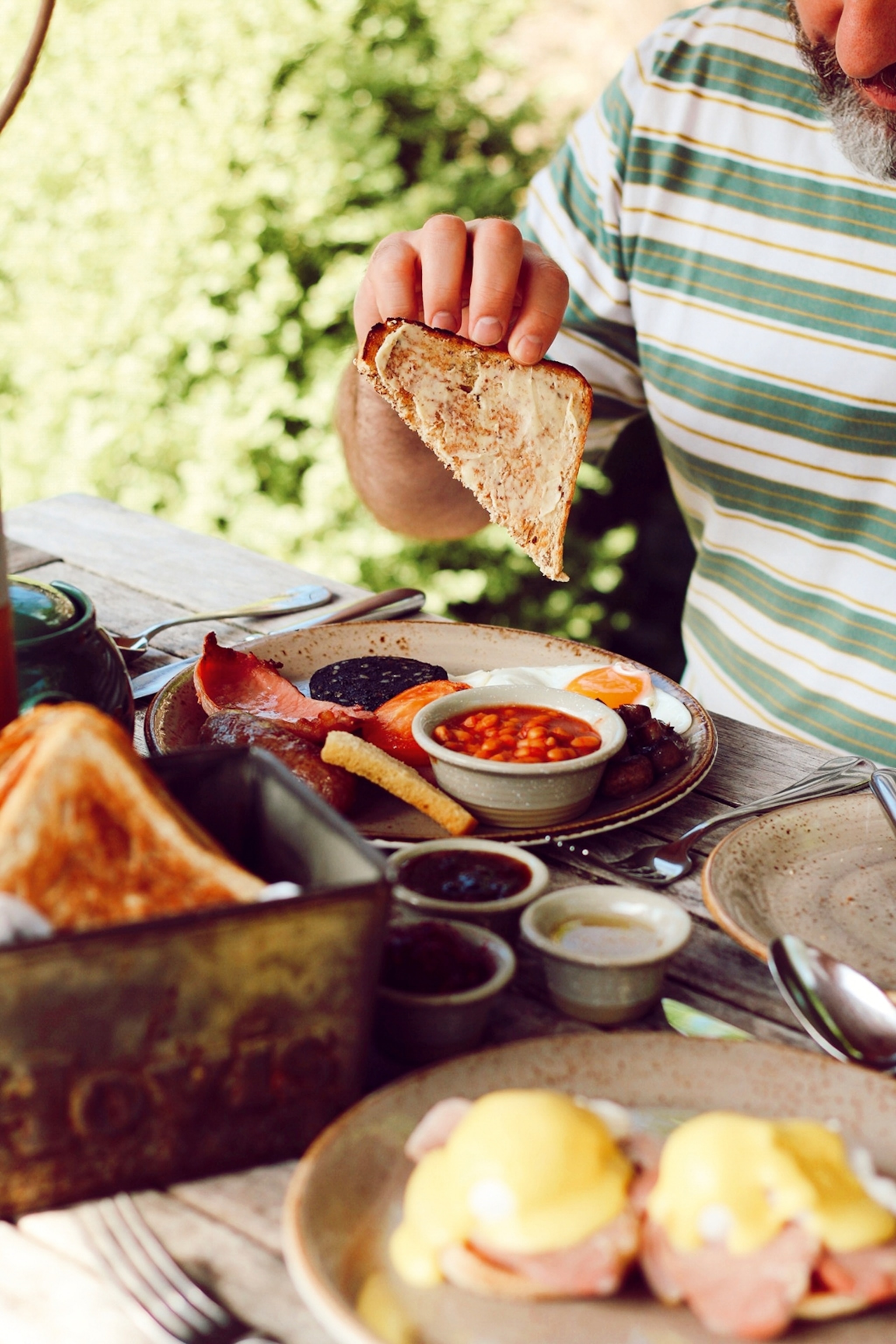
Where else should I go for food?
For picnic supplies, don’t miss the Forest Deli in Coleford; its treasure trove of local produce ranges from wild boar scotch eggs and Silver Circle Distillery bloody marys, heavy on the black garlic vodka, to oniony Tintern cheese, named after the nearby town.
For a riverside pub lunch, grab a table on the terrace of the Saracens Head, in Symonds Yat, where you can enjoy seasonal dishes like venison pappardelle while watching the hand-pulled cable ferry as it crosses the Wye. You can rent a kayak locally for a closer look.
Doubles at the Tudor Farmhouse Hotel from £139, B&B. Its two-night Wild Sleeping package, from £620 for two, includes one night in a bell tent and one in a room, plus some meals. Foraging from £90 per person.
This story was created with the support of Tudor Farmhouse, Wye Bikes and Forest of Dean and Wye Valley Tourism.
To subscribe to National Geographic Traveller (UK) magazine click here. (Available in select countries only).

